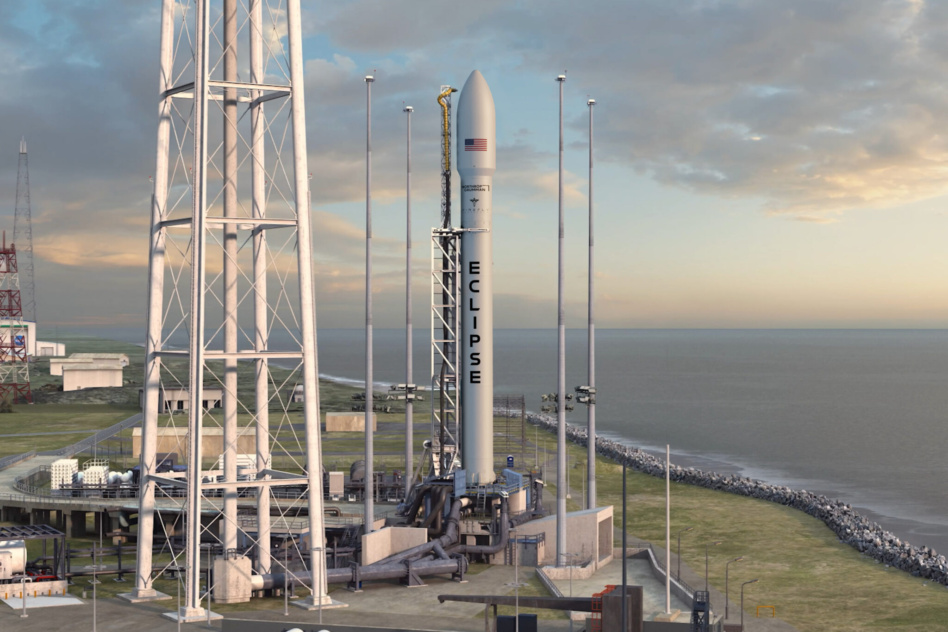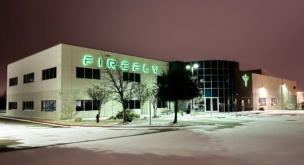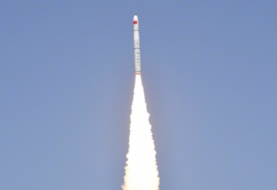Northrop Grumman ($NOC) invested $50M in Firefly Aerospace’s Series D to accelerate the production of Firefly’s medium-lift vehicle, now named Eclipse.
The investment—which is added to a $175M Series D Firefly closed in November—will allow Firefly to quickly hire dedicated Eclipse engineers, and fuel more engine and hardware tests to meet the expected first launch in 2026.
Enhance, enhance: Eclipse is the product of scaled-up tech from Firefly’s smaller launch vehicle—Alpha—and shared systems from Northrop’s flight proven Antares program.
- Eclipse’s seven first-stage Miranda engines and single second-stage Vira engine are larger versions of Alpha’s Reaver and Lightning engines.
- Alpha’s carbon composite rocket body, currently the largest in operation, has been doubled in size for Eclipse.
- Eclipse also uses avionics from Northrop’s Antares program, and has upgraded the payload fairing from a diameter of 2.2m on Alpha to 5.4m on Eclipse.
The reliance on Alpha as a model doesn’t necessarily mean smooth sailing, however. Last month, Alpha suffered an anomaly during a launch. It failed to reach orbit and deposited a Lockheed Martin sat in the Pacific Ocean.
Still, Firefly has notched several milestones during Eclipse’s two years of development. The company conducted 60+ Miranda engine tests, including a 206-second hot-fire test—the longest the engine will be expected to burn on a full, orbital mission.
Northrop previously partnered with Firefly to replace the first stage of its Antares 230+ after Russia’s invasion of Ukraine put a kibosh on the vehicle’s use of Russian engines. Northrop now plans to use the Eclipse first stage on future Antares 330 flights for Cygnus resupply missions to the ISS.
Enough to go ‘round: Firefly hopes Eclipse will bridge the gap between small, dedicated launch vehicles, and heavy-lift rideshares.
The vehicle is designed to bring 16,300 kg (36,000 lbs) to LEO. While initial flights will be single-use, the ultimate goal is to return the first stage for reuse. The plan is to offer companies—and the US government—the ability to bring proliferated constellations or larger payloads to orbit at competitive prices.
While the vehicle will add more launch capacity to the US market, Firefly CEO Jason Kim isn’t worried that it will eclipse Alpha’s market share.
“2026 and beyond, there’s going to be a bottleneck in launch capacity,” Kim told Payload. “It’s finite…so there’s room for a lot of super-heavy, heavy- and medium-launch vehicles in the market, and having more capacity is going to help service all those customers—whether it’s commercial, national security, or NASA in the future.”




